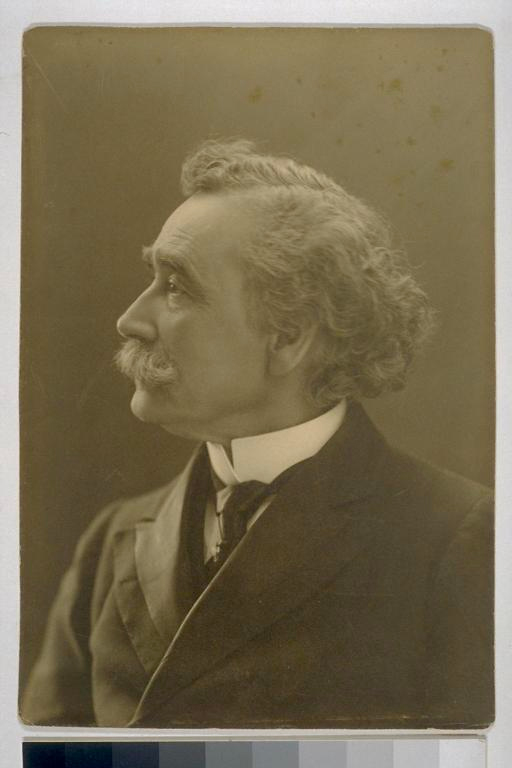Isaiah West Taber was an American daguerreotypist, ambrotypist, and photographer who took many pictures of noted Californians, which he donated to the California State Library
"that the state may preserve the names and faces, and keep alive the memory of those who made it what it is." He was also a sketch artist and dentist. His studio also produced a series of stereoscopic views of west coast scenery.
Taber was born in New Bedford, Massachusetts and between 1845 and 1849 he worked at sea on a whaler. He first moved to California in 1850., then returned East in 1854 and opened his first photography studio in Syracuse, New York. In 1864, Taber returned to California, where he worked in the studio of Bradley and Rulofson until 1873.
In 1871, Taber opened his own studio, where he gained fame for reproducing the photos of Carleton Watkins after Watkins went bankrupt, although the reproductions were published without credit to Watkins.
In 1880, Taber made a six-week photographic trip to the Hawaiian Islands where, among other subjects, he photographed the Hawaiian King Kalākaua, completing a commission for three full-length portraits. The following year Kalākaua visited Taber's studio in San Francisco. At this time the Japanese photographer Suzuki Shin'ichi (1855–1912) was studying photographic techniques with Taber; Suzuki also photographed King Kalākaua (in 1881) and may have been the source of some views of Japan included in Taber's stock.
By the 1890s, Taber had expanded his operations to include studios in London, England and in elsewhere Europe. However, the 1906 San Francisco earthquake destroyed his San Francisco studio, gallery, and negative collection, ending his photographic career.
Source: Wikipedia
Massachusetts native, he was one of the most successful 19th century photographers and photographic publishers. He worked as a gold miner, rancher, and dentist before learning the daguerreotype process and opening one of the first photographic studios in Syracuse, New York. Taber moved to San Francisco in 1864 and joined the photographic publishing firm of Bradley & Rulofson.
In 1871 he opened his own studio and photographic publishing company and soon was operating a successful portrait, landscape, and urban photography business. Like photographers promoting other cities, Taber linked much of his work to the tourist trade. His landscapes and views of San Francisco appeared in publications such as Hartwell and Mitchell's souvenir city-view book and his own two-album set, California Scenery and California Scenery and Industries. The albums were part of a commercial endeavor and contained images from Taber's extensive files, surrounded by advertising text. Taber employed numerous staff photographers whose work he published under his own name.
He also published under the Taber imprint, images by Carleton Watkins after acquiring negatives from the bankrupt photographer in 1876. By the 1890's Taber was internationally famous, with studios in London and on the Continent.
Source: Fine Arts Museums
of San Francisco
